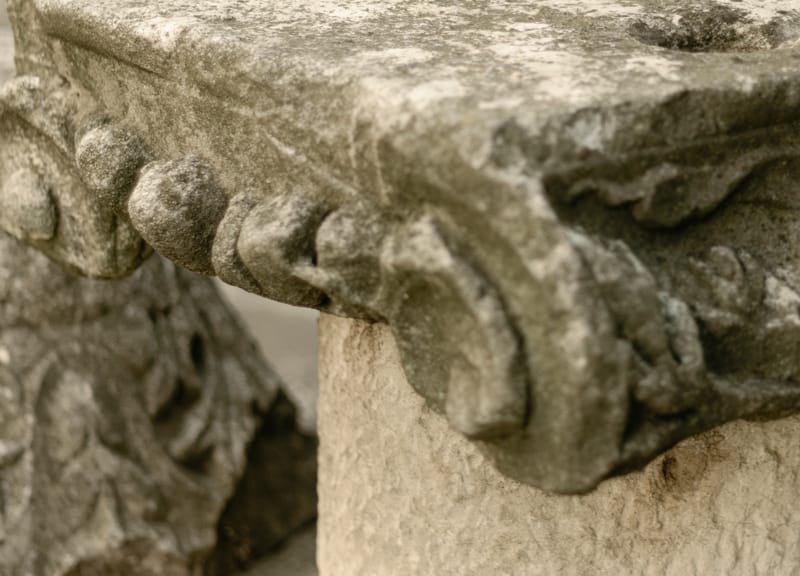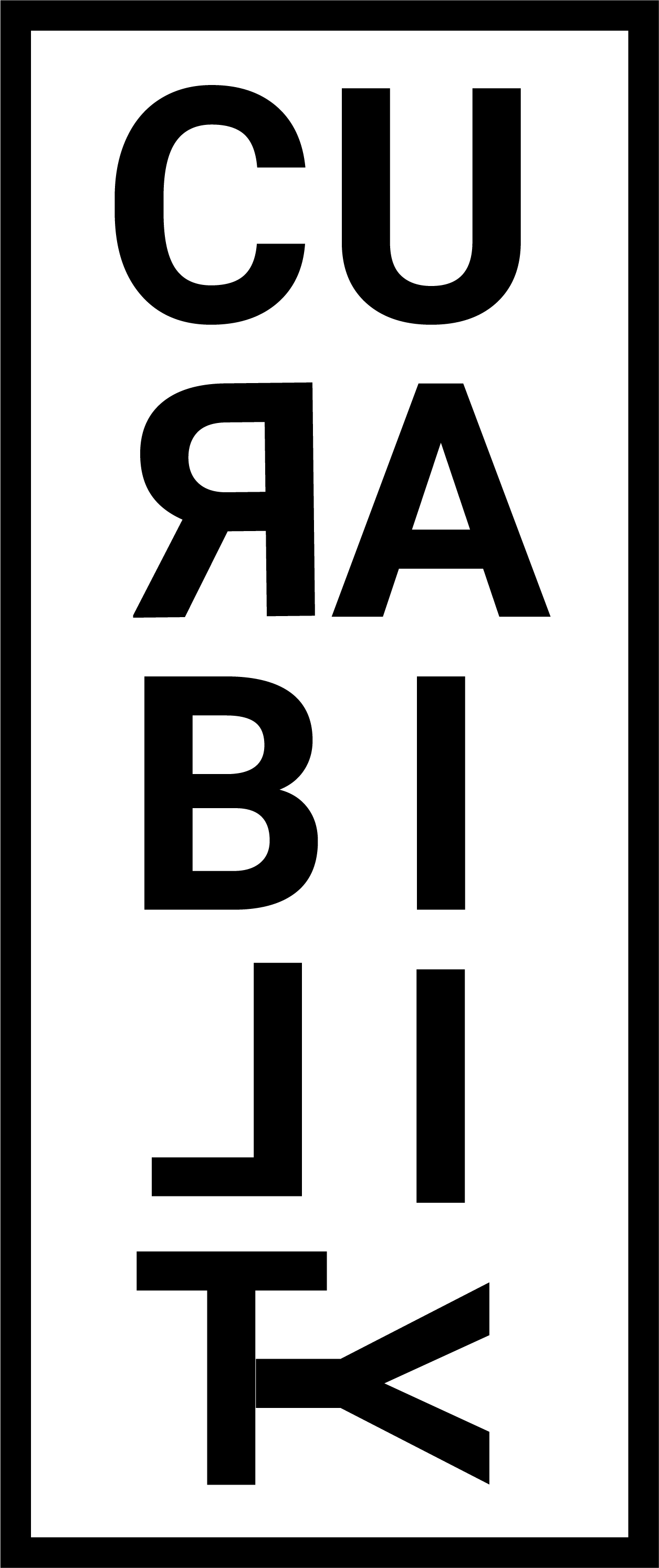Resultado 1
Los museos como modelos
Como parte de este resultado, se diseñará y llevará a cabo una investigación transnacional sobre la accesibilidad cultural basada en 3 puntos imporantes:
1) Contenidos de formación/enseñanza y módulos educativos disponibles públicamente en este ámbito.
2) Conocimiento existente entre los profesionales de la cultura, necesidades, motivaciones y barreras de las personas con discapacidad para acceder a los museos.
3) Proyectos existentes y ejemplos de buenas prácticas para museos y galerías accesibles en la UE.
Los resultados de la investigación sobre museos y galerías accesibles se presentarán en forma de live:docs, que son, breves informes sobre la accesibilidad de los servicios de las ciudades asociadas y museos accessibles que son un “modelo a seguir”.
Actividades

Europa Informe
La cultura para todos es un concepto universalmente reconocido. Los humanos dependemos de la cultura, en cualquiera de sus formas, para entender nuestra sociedad, ser parte de ella, pensar fuera de la caja… Como conservador o director de un museo, es posible que sea consciente de esto y quiera brindar la mejor experiencia posible para sus visitantes.
Pero, ¿qué pasa con los visitantes con discapacidades? ¿Qué soluciones puede
implementar para que los museos sean accesibles para ellos?
Los museos accesibles no solo significan que todo tipo de visitantes sean
bienvenidos, independientemente de su perfil, sino que el contenido les resulte comprensible. Como profesionales de museos, deben afrontar ambos retos. Ya se trate de una pintura, una escultura o un documental, los museos deben hacer accesible la cultura a sus visitantes. Siempre ha sido un campo que se adaptó a la accesibilidad muy fácilmente, mucho antes que otros.
Teniendo en cuenta que la cultura se enfoca en crear diálogos y conexiones
humanas, y es sinónimo de integración social, esto tiene mucho sentido.
Smart Map – Buenas prácticas en la UE
Aquí hemos recopilado prácticas culturales inclusivas de toda Europa en un mapa interactivo relacionado con servicios, actos culturales y estudios de casos.
Haz clic en el objeto para obtener más información.
Centraal Museum
The museum has a special route for wheelchair users and visitors with prams, offers borrowing a wheelchair or a folding stool and allows free admission for a companion. The museum is accessible to visitors with an assistance dog. It also offers mediaguides for smartphones – for screenreaders, with audio fragments of the texts and with subtitiles of the videos. Has a special exhibition for visually inpaired visitors.
Lima Art Museum
The Museum Accessibility Handbook aims to be a guide to promote access free of barriers to its facilities, its contents and everything they offer, in such a way encourage the participation of all people in general, regardless of their functional needs.
The Guggenheim Museum
The Guggenheim Museum in Bilbao, the first museum to be certified with the UNE 170001-2 Universal Accessibility standard.
Prado National Museum
Prado National Museum in Spain has launched the first initiative in 2015, accessible to people with visual disabilities through innovation and technology, thanks to which six works, representative of the different genres exhibited in the Museum, can be touched. This project allows people to perceive the reality of the represented painting in order to mentally recreate it as a whole and achieve an emotional perception of the work. Additional didactic material is offered, such as texts in braille, audio guides and opaque cardboard glasses to facilitate the experience of full visionaries.
In the framework of Action Plan, it has created an audio guide service that includes audio descriptions of fifty-three works from its collection. These detailed explanations about the characters, themes and elements represented in the works, especially aimed at the public with some type of visual disability, are more detailed and thorough in fourteen of his masterpieces. Audio descriptions are available free of charge for people with disabilities at the audio guide counters.
Adaptation of spaces and elimination of architectural barriers for people with physical disabilities, with the exception of some connection cores of the Villanueva building whose construction characteristics make adaptation difficult and for which solutions are being analysed. There is also a loan service for wheelchairs and walking sticks at the lockers.
Personalized attention is provided in Spanish sign language in reception services. A magnetic loop is located in the Auditorium. In addition, sign guide service, audio guides with magnetic loops and the newly incorporated audio descriptions are offered for free. An accessible website is available as well.
These practices seek to facilitate access to knowledge and culture for people with specific learning and communication needs within inclusive environments in which principles such as participation, collaboration, autonomy, dialogue and diversity of capacities are promoted.
The Ministry of Culture and National Heritage
The strategic goal of the programme is to support tasks aimed at facilitating access to culture, aimed at a wide audience and favouring social integration. According to the programme specification, the funds are allocated to:
- substantive adaptation of the cultural offer and / or cultural education offer to the needs of people with special needs, including people with disabilities, and also with the component of on-line activities;
- activities taking into account mobility and / or the possibility of remote presentation of the cultural offer and / or cultural education offer: transfer of the beneficiary’s offer to places and towns with no direct access to national resources of cultural goods and cultural institutions or obtaining by the beneficiary of the indicated offer for such places and towns;
- organization of thematic trips aimed at using the cultural offer and / or cultural education offer, including the offer of cultural institutions (such as theatres, museums, cinemas, libraries, philharmonics, places important for national culture) and / or multimedia / online activities to popularize and make cultural resources available to local communities.
This systemic solution is being implemented by the Ministry of Culture and National Heritage since 2015.
Regional Museum in Stalowa Wola
The Museums Without Barriers project is a coalition of Polish and Ukrainian museums for the professional service of disabled visitors. It is an E-guide to museums adapted to the needs of the disabled.
Museums Without Barriers platform is the first e-guide of museums of this type in Poland and Ukraine, accessible in terms of architecture and education for people with disabilities, available in Polish and Ukrainian. The website covers 206 Polish and 105 Ukrainian museums.
The portal also features innovative educational programs developed for the project by experts specializing in specific disabilities. Museologists and museum educators can also find scenarios of workshops organized in the Stalowa Wola museum, as well as information and descriptions of solutions proven in practice. This information can be downloaded from the website.
It is an excellent guide for museum educators. The materials on it have been developed by Polish and foreign experts. The educational programs provided there set new directions of museum education in the field of servicing guests with disabilities. The portal offers programs for visitors with hearing, visual and intellectual disabilities, as well as full electronic versions of materials from various trainings and conferences.
Museum for Everyone
activities to make museum’s offer accessible to people with various types of disabilities
The Spanish Group of World Heritage Cities.
Development of the “Guide to Good Accessibility Practices for the tourist resources of the World Heritage Cities Spain”, which is published for use by the 15 cities that make up the network, with the aim of make them known as accessible tourist destinations, with the commitment guarantee real equality of opportunities and the use and enjoyment of cultural heritage for all people. Guide with information, examples, recommendations and good practices on accessibility.
Galleria Civica d'Arte Moderna e Contemporanea
– Project/Service
Link: https://www.gamtorino.it/it/
The “GAM for ALL” project at the GAM Museum in Turin is a program that provides visitors with disabilities, particularly those with visual, hearing, and cognitive impairments, with ten multisensory cards, special tours, workshops, and activities, that allow them to fully experience the museum’s collections and exhibitions.
